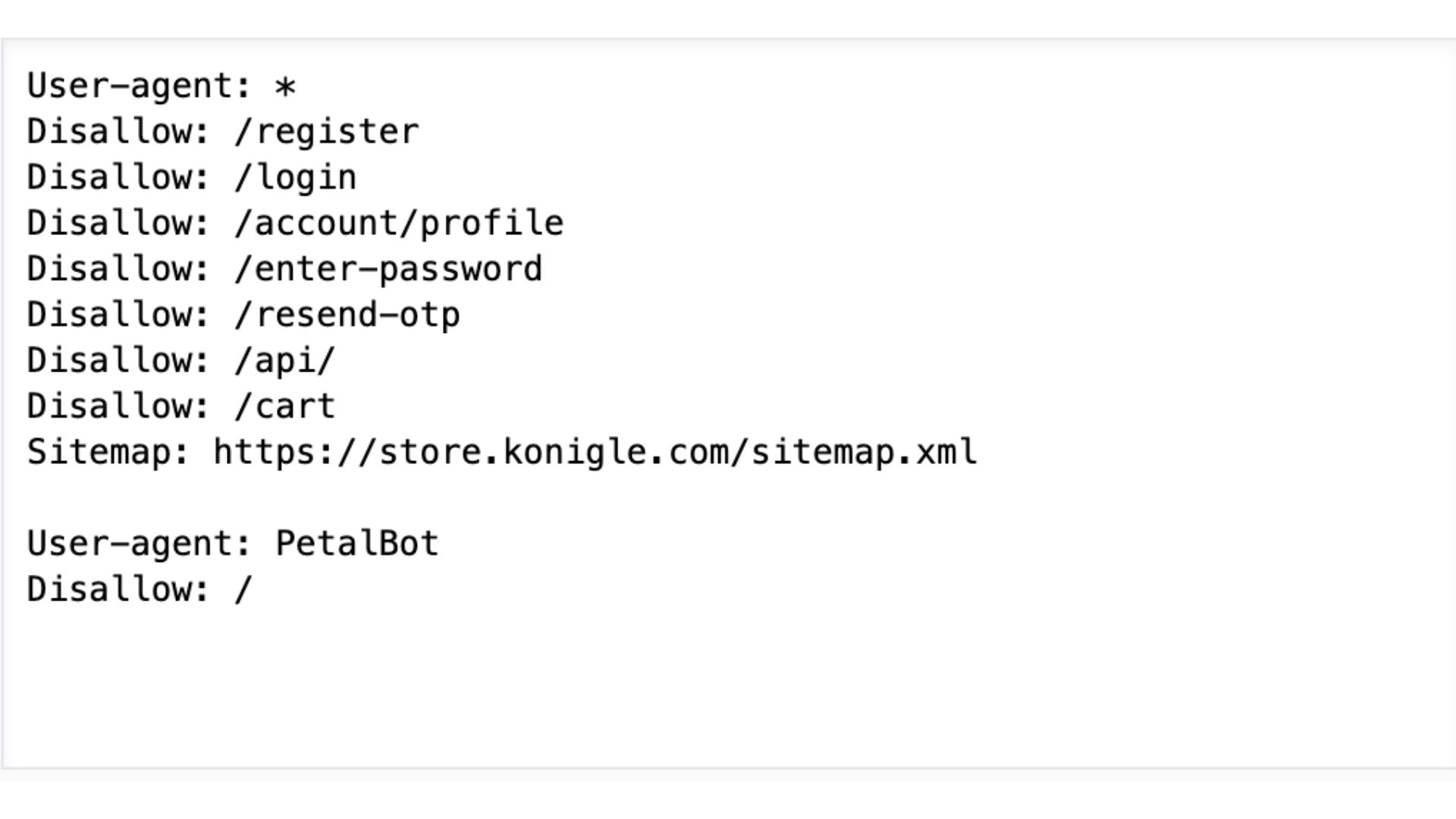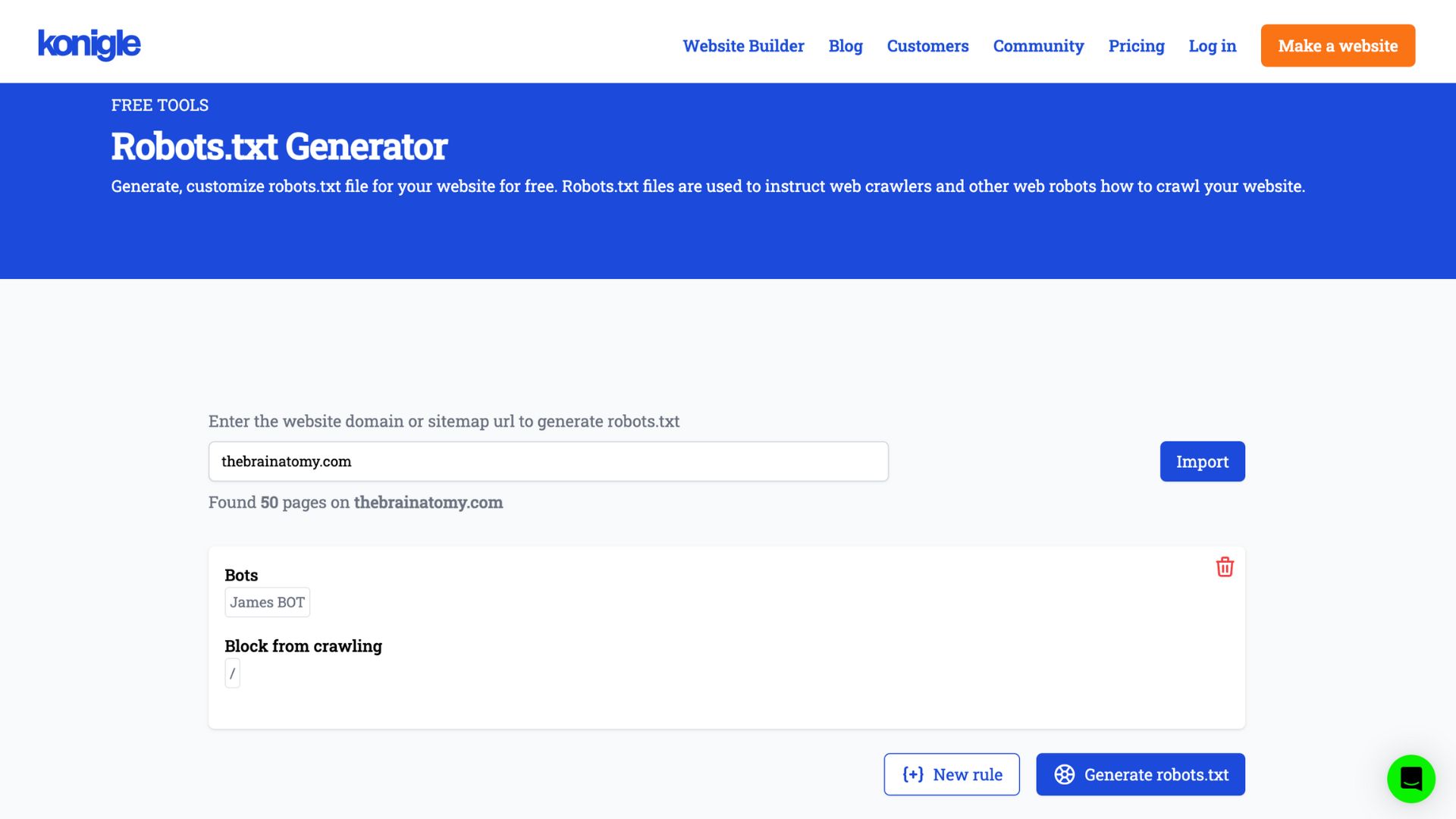Robots.txt
Introduction to Robots.txt
In the field of Search Engine Optimization (SEO), understanding technical aspects may seem complex. One such element is the robots.txt file. Don't worry, this guide will unwrap the robots.txt file, explaining its functions and effect on your website's visibility in search results.
What is robots.txt?
Robots.txt is like a “polite notice at the entrance of your website”, informing search engine crawlers which areas they can access and explore.
Explaining it in a more technical method, this text file which is located in your website's root directory, acts as a set of instructions dictating which pages and files the crawlers can index and potentially display in search results.
Understanding the Rules
The robots.txt file follows a straightforward syntax, with each line representing a rule.

Here's a breakdown of what each key component in a robots.txt file means:
- User-agent: This specifies which search engine crawler the rule applies to.
- Disallow: This directive instructs the crawler not to index a specific path or directory on your website.
- Allow: This directive counteracts a previous "Disallow" rule, specifically permitting access to a certain path within a disallowed directory.
Using the image above as an example, the user agent PetalBot is not allowed to crawl any URL on the website. An asterisk (*) means all crawlers except the various AdsBot crawlers, are not allowed to crawl.
Note that the default behaviour is that all user agents are allowed to crawl the entire site.
How to create a robots.txt file
Here is a quick and easy method to create a robots.txt file for your website: using the Robots.txt Generator.

You can generate customised robots.txt files for your website for free. Just enter your website domain to import the existing robots.txt file, then add new rules you would like to have on your new robots.txt file.
Conclusion
By understanding the robots.txt file and its rules, you can use it wisely to optimise your website and watch your search engine ranking climb.
Join 10,000+ people and get insights to make money from your website
Sign up for our newsletter.
Get insights to make money from your website
Subscribe to the Konigle newsletter
We care about the protection of your data. Read our Privacy Policy.